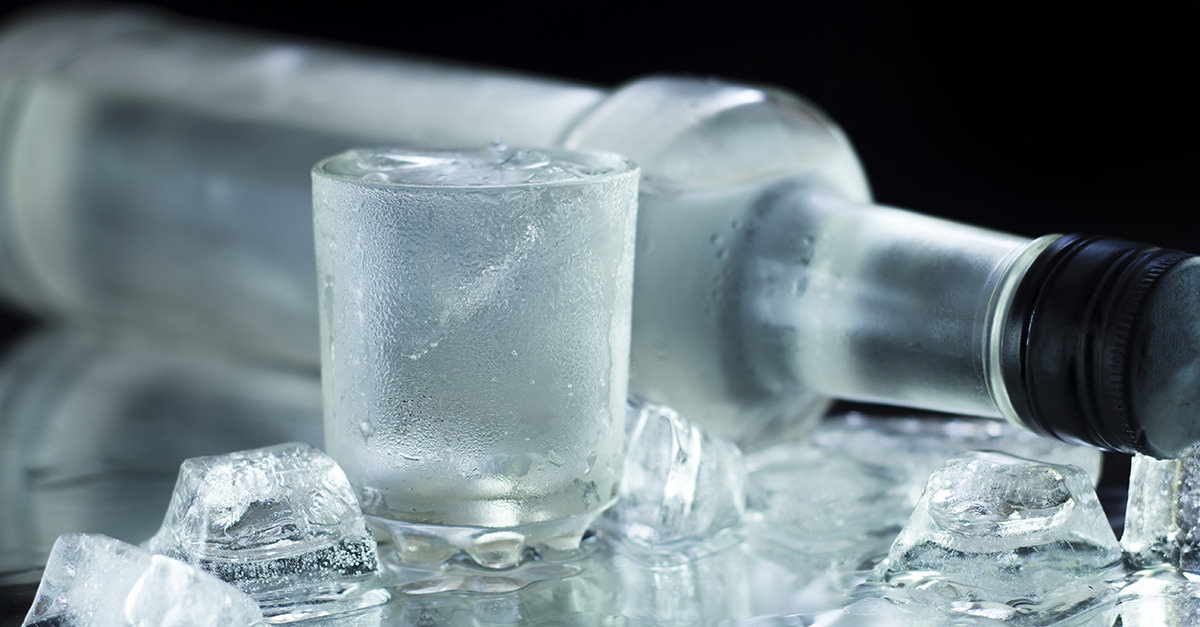Vodka ice cold, malt whiskey room temp, Hot Toddy—well, hot.
Cocktails tend to be consumed chilled, since they’re most often shaken or stirred with ice (except for drinks like the Hot Toddy). But spirits are more often drunk at or near room temperature, either neat or on the rocks, with the spirit accruing a bit of a slow chill from ice dilution. The fact is, while many of us have memories of storing bottles of vodka and gin in the freezer, and many spirits can taste a bit more refreshing with a bit of a chill on them, all spirits—vodka included—will yield more information if tasted at room temperature.
Of course, information isn’t really the goal of drinking spirits. Unless you’re a professional taster, judging a spirits contest, or writing a product description, chances are you’re drinking for pleasure. In that case, you have a certain amount of license to drink your spirit at whatever temperature you prefer (heck, you bought it, so feel free to chill your Bourbon or heat up your tequila, it’s a free country). But whether the spirit will taste good depends on a few other factors.
Most of those factors have to do with what kind of aromatic compounds the spirit has to share. Aged and darker spirits will have more congeners (impurities and flavoring compounds that can—carefully—make up the flavor profile of a spirit). Aged spirits will gather even more flavor from the vessels they aged in. Not that clear spirits are devoid of flavor. While column distilling tends to yield clear spirits with fewer congeners and higher ABVs, those spirits can be infused with botanicals (as in gin) or aged briefly in wooden vessels (as with white rums) and then filtered to clarify.
Texture or mouthfeel will also change with temperature. Vodka is often traditionally consumed cold, and gin or vodka, when stored in the freezer, will get a little viscous—kind of a richer mouthfeel—that can help mask some of the alcoholic harshness associated with neutral vodkas, e.g.
And then there’s the room itself. If you’re in a hot room, chances are your room temp spirit will taste a bit off—and that’s because an ideal room temperature environment for spirits is something close to a cool spring day, 68 to 75 or so degrees Fahrenheit. Your hand will also warm the drink as you sip it, assuming your glass doesn’t have a stem, so err on the side of cooler if need be. And, of course, tasting at room temp doesn’t mean you can’t add an ice cube (or a few drops of cool water) to slightly dilute your drink and open it up a bit. Plus you get that cool clinking sound.
